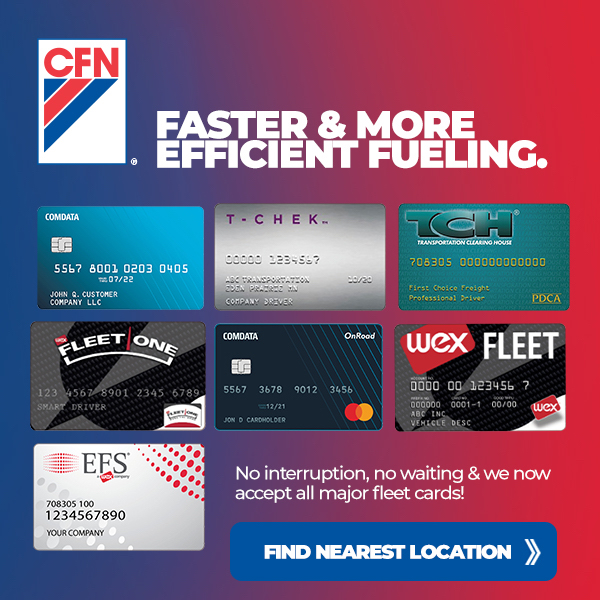
By Jeff Schlesinger
Themes that dominated the AFLA conference that I recently attended in San Diego were mobility, safety, driverless and Uber. While safety has been the cornerstone for fleet managers for years, the other three are gaining popularity and how one views and manages these new entrants to the fleet manager’s portfolio will be exceptionally significant.
Mobility focuses on vehicles at the lighter end of the vehicle class spectrum, and more importantly the ability of the sales teams to engage with prospects and customers. There is no question that mobility will gain greater attention in the near future. The traditional marriage between a single driver and a single car may not be the optimal solution for every situation, and fleet managers need to assess their current policies.
There are several questions that need to addressed by every fleet manager:
• How will safety concerns and new fleet policies related to “no texts or hands-free calls while driving” change my decision?
• Is there a continued requirement that all of my current employees with company vehicles have a fully dedicated vehicle?
• How can my teams use mass transportation or alternative forms of transportation to attend face-to-face meetings?
• Are pooled vehicles an alternative? Is there sufficient software to manage a pool of vehicles for my sales staff?
• How will compensation parity be achieved if certain regions have vehicles and others do not?
• Is there a better model to meet the HR requirements for employees in large cities? Is it the best use of corporate resources to pay for a vehicle that sits in a city garage all week?
Safety should be the paramount concern. Many companies have instituted, or are contemplating, a zero-tolerance policy for all forms of communication while driving. Whereas several years ago hands-free calls were completely acceptable, current safety policies are moving towards the driver focusing 100% on driving, no calls even with hands-free Bluetooth.
The salesperson is now faced with balancing the driving time and a face-to-face visit with time away from calls with other prospects and customers. Should they plan for a 45-15 driving scheme, where every 45 minutes the driver pulls over for 15 minutes of talk and text? Will they begin their travel earlier to arrive and complete calls and e-mails in the customer’s parking lot prior to the meeting? Or will they forego the drive and take mass transportation, Uber, or communicate via a video conference from the office?
The solution for the US and Europe may be completely different; within the US, various regions may have different solutions. In the US, there are many large cities that offer alternatives to the single driver-vehicle relationship. In Europe, the vast railway systems, the parking surcharges for entering major cities, and the acceptance of mass transit all contribute to the acceptance of leaving the car at home and taking mass transit. Be flexible and encourage each of your team members to be creative as well.
As the fleet manager, how can you assist? Be inventive and develop a policy that rewards drivers that investigate alternatives for each sales call. Remind the driver that safety is the paramount concern. Foster a plan for urban drivers that allows for greater flexibility in their transportation needs. Investigate software for on-line meetings. Establish corporate Uber accounts. Be flexible with minimum mileage required for a company car. Reward good behavior.
Remember, though, safety is the most important item in any policy.
About the Author:
Prior to launching his own company, JS Consulting, Jeff Schlesinger served as Senior Vice President & Managing Director at GE Capital Fleet Financial Services, where he developed its go-to-market strategy for all international prospects and customers. You may direct your comments and questions to him at [email protected]



